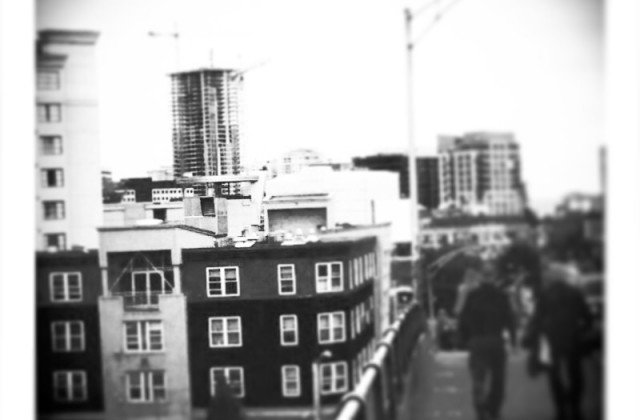Myth Buster: Gentrification or Desegregation?
It has become something of an article of faith for the antigrowth crowd that one big reason that growth is bad is that it unleashes something they call “gentrification.” Now it’s next to impossible to find a quantitative definition of gentrification; it’s mostly a know-it-when-you-see-it phenomena. I’ve written about how, when pressed, the argument that Seattle is a segregated city falls apart when looking at the distribution of affordable housing. Seattle really isn’t a segregated city at all when it comes to a diverse mix of incomes throughout the city. It’s worth considering on this Martin Luther King Day what actually benefits communities of color and poor people the most, stopping growth or welcoming it. An article in Slate by John Buntin takes on the Myth of Gentrification:
That gentrification displaces poor people of color by well-off white people is a claim so commonplace that most people accept it as a widespread fact of urban life. It’s not. Gentrification of this sort is actually exceedingly rare. The socio-economic status of most neighborhoods is strikingly stable over time. When the ethnic compositions of low-income black neighborhoods do change, it’s typically because Latinos and other immigrants move into a neighborhood—and such in-migration is probably more beneficial than harmful. As for displacement—the most objectionable feature of gentrification—there’s actually very little evidence it happens. In fact, so-called gentrifying neighborhoods appear to experience less displacement than nongentrifying neighborhoods.
The fact is that neighborhoods change over time, and if we truly want a city with all kinds of people, with different incomes and different ethnic and cultural backgrounds we’re going to have accept that change. Oddly, when people of color move to neighborhoods that had been predominately white we call that desegregation. But when white people move to neighborhoods that have been predominately lived in by people of color, we call that gentrification. It’s a bizarre and telling progressive double standard, or at least a conceptual breakdown. The best way to welcome and grow diversity and knock down stubborn racial bias and discrimination is to have different people living together all over our city; that means building more housing of all kinds everywhere, not slowing new housing with more rules, taxes, and fees.


